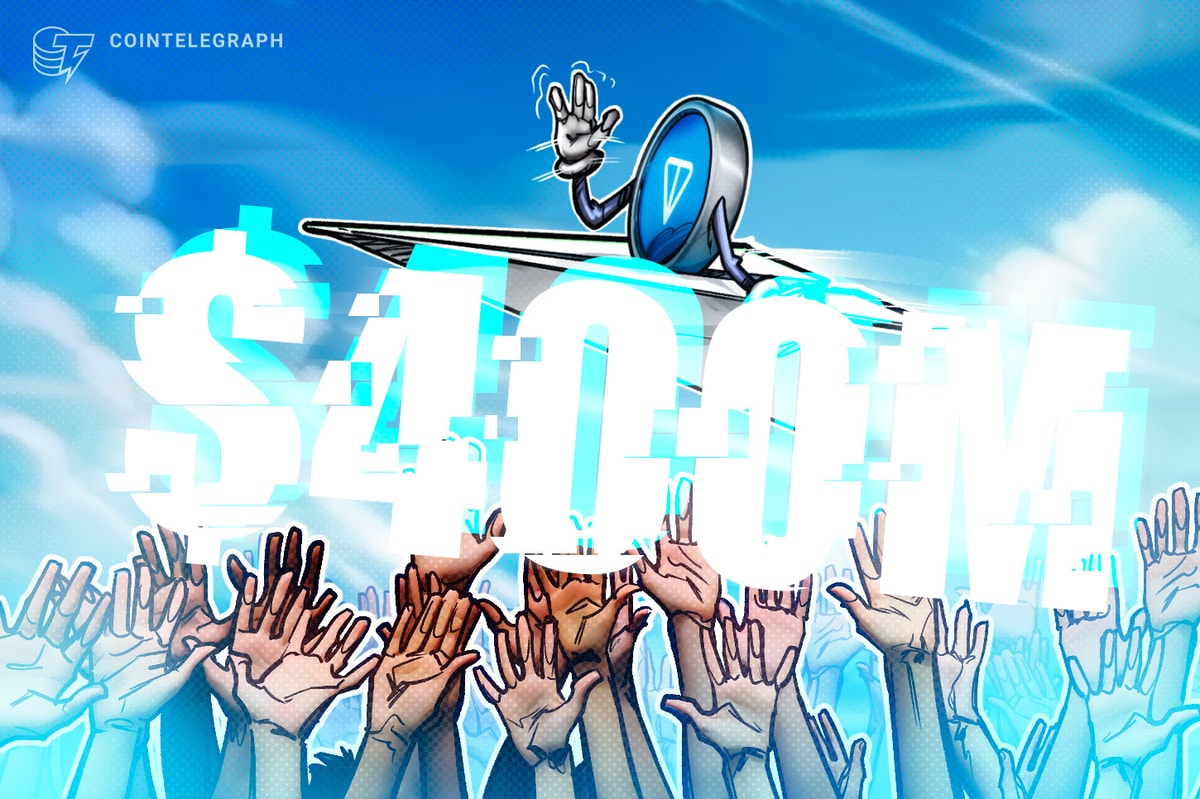The telecom scene’s buzzing! Not just with signals and data packets, but with boardroom deals, fibre rollouts, and a whole lot of strategic elbowing. You’d think telecom was just about calls and broadband, right? But it’s not so.
It’s morphing into something bigger, something that’s starting to look like the nervous system of every business out there. So what’s really going on?
The big shake-up: Virgin Media O2 + Daisy Group
Let’s start with the headline-grabber. Virgin Media O2 and Daisy Group, two heavyweights in the UK’s B2B telecom space, announced a merger earlier this year. Not just a handshake and a press release. This is a full-on consolidation of their business arms, forming a £1.4 billion revenue machine aimed squarely at UK enterprises.
Let’s get back to the rivalry!
Why does this matter? Because it’s not just about scale. It’s about focus. The new entity promises cloud-based comms, 5G private networks, IoT connectivity, and AI-powered tools like O2 Motion. That’s not your granddad’s telecom. That’s infrastructure for digital-first businesses.
And they’re not just talking. Virgin Media O2’s fibre and mobile backbone, paired with Daisy’s IT platforms and customer service, is a serious combo. The merger’s expected to deliver £600 million in operational synergies by 2030. That’s a lot of zeros.
But here’s the kicker: they’re keeping their brands separate, at least for now. Maybe it’s a nod to legacy customers. Or maybe it’s just smart marketing.
Speaking of connectivity, the world needs more than broadband. Efficient fleets operating sustainably support growth in different sectors—even the telecom industry. Small to larger-sized fleets helping the telecom industry with transport are relying on sustainable fuel cards like those offered by Radius to keep connectivity seamless.
Lebara: The underdog with a £500m bite
Now, flip the coin. You’ve got Lebara, the MVNO (Mobile Virtual Network Operator) that’s quietly raking in £504 million in revenue. Started by three mates with a credit card and a dream, Lebara’s built its empire on cheap international calls and migrant-friendly services.
It’s scrappy. It’s a niche. And it’s working.
Lebara partnered with Vodafone to rent network infrastructure. That’s the MVNO model, no towers, no cables, just clever deals and customer targeting. And while the big players chase enterprise clients, Lebara is winning hearts in migrant communities. It’s got four million active users across two continents. Not bad for a company that started selling calling cards in corner shops.
CEO Ratheesan Yoganathan says he’s not worried about competitors. “We ourselves are our biggest competitors,” he told LondonLovesBusiness. That’s bold. But maybe he’s onto something.
The numbers game: What Ofcom’s data tells us
Let’s talk stats. Because behind the headlines, there’s a whole lot of movement.
According to Ofcom’s Q1 2025 report:
- Fixed voice services are tanking. Revenues dropped 13.3% year-on-year to £1.09 billion.
- Mobile services are holding strong. Retail revenues hit £3.5 billion, up 2.7%.
- Data usage? Through the roof. Up 7.6% to 2,686 petabytes. That’s a lot of Netflix and Zoom calls.
- SMS and MMS? Down nearly 20%. No surprises there, who’s texting when you’ve got WhatsApp?
And broadband? It’s growing. 29.2 million fixed broadband lines now, with fibre connections making up over 76% of them. ADSL is fading fast.
So yeah, the UK’s telecom backbone is shifting, from copper to fibre, from voice to data.
The bigger picture: £35.9 billion and growing
Zoom out a bit. The UK telecom industry is valued at £35.9 billion in 2025, and it’s expected to grow at a CAGR of 4.59% through 2033. That’s steady, not explosive. But it’s driven by some serious tailwinds:
- Remote work isn’t going anywhere.
- Streaming and cloud services are eating bandwidth.
- IoT is exploding, think smart factories, connected cars, wearable tech.
And then there’s 5G. It’s not just hype anymore. It’s rolling out fast, enabling low-latency, high-speed connections that businesses are starting to depend on. Private 5G networks are popping up in logistics, healthcare, and manufacturing.
But it’s not all smooth sailing. The market’s crowded. BT, Vodafone, Virgin Media, and more. They’re still dominant. But MVNOs and niche players are nibbling at their heels. And regulatory pressure around net neutrality and data privacy is keeping everyone on their toes.
AI, IoT, and the road to 6G
Let’s get futuristic for a sec.
AI is already reshaping telecom. Predictive maintenance, automated customer service, fraud detection, it’s all happening. McKinsey says AI could cut telecom operational costs by up to 30%. That’s not just efficiency. That’s survival.
And IoT? By 2030, we’re looking at 29 billion connected devices worldwide. That’s wearables, sensors, machines, all talking to each other. Telecom providers are scrambling to offer secure, scalable connectivity for this tsunami of data.
Then there’s 6G. Still in the lab, but it’s coming. Promises of speeds 100x faster than 5G, holographic calls, and real-time digital twins. Sounds sci-fi, but the research is real.
Security: The elephant in the server room
With all this connectivity comes risk. Cybersecurity is now a telecom issue. Gartner predicts that by 2026, 70% of telecom operators will use AI-based cybersecurity. Blockchain, zero-trust models, predictive analytics, it’s all part of the new toolkit.
Because when your business runs on cloud comms and IoT sensors, a breach isn’t just embarrassing. It’s existential.
So what does this mean for UK businesses?
If you’re running a business in the UK, whether it’s a startup in Shoreditch or a logistics firm in Leeds, telecom isn’t just a utility anymore. It’s a strategy.
- Want to scale? You need reliable, fast data.
- Want to compete? You need cloud-based comms and AI-enhanced customer service.
- Want to survive? You need security baked into your network.
And the good news? The market’s evolving to meet those needs. From big mergers to scrappy MVNOs, from fibre rollouts to AI-driven tools, telecom is finally catching up to the demands of modern business.
But here’s the thing: it’s not just about tech. It’s about people. About how we connect, collaborate, and create. And in 2025, telecom is the thread that ties it all together.








